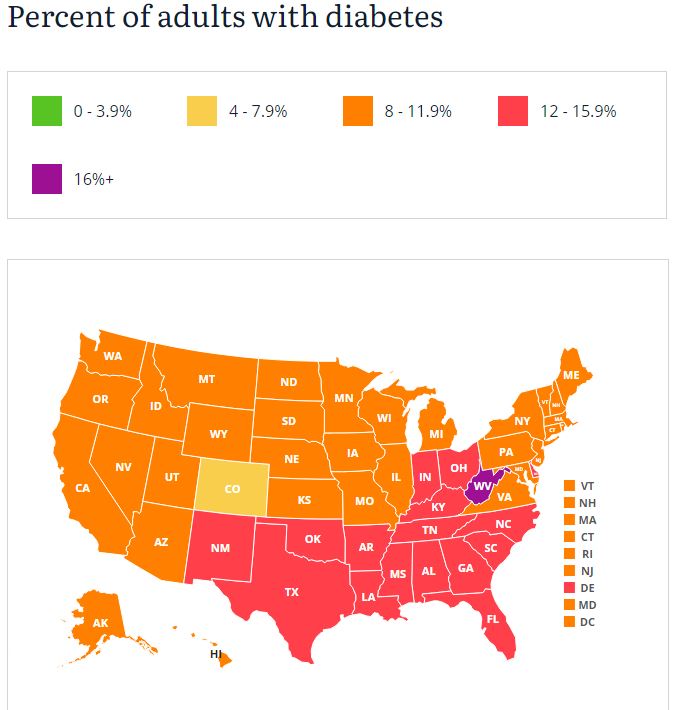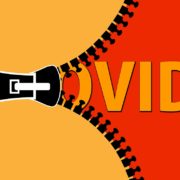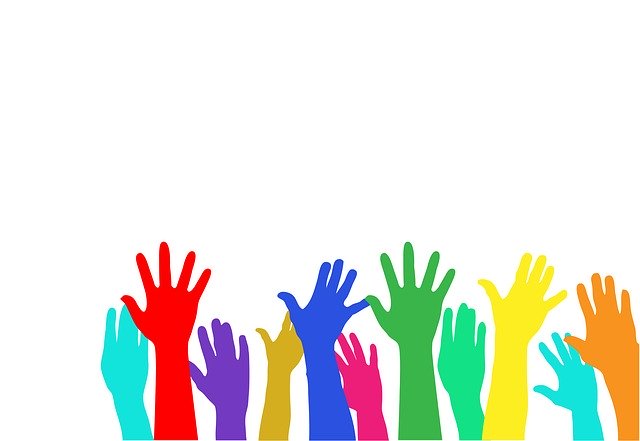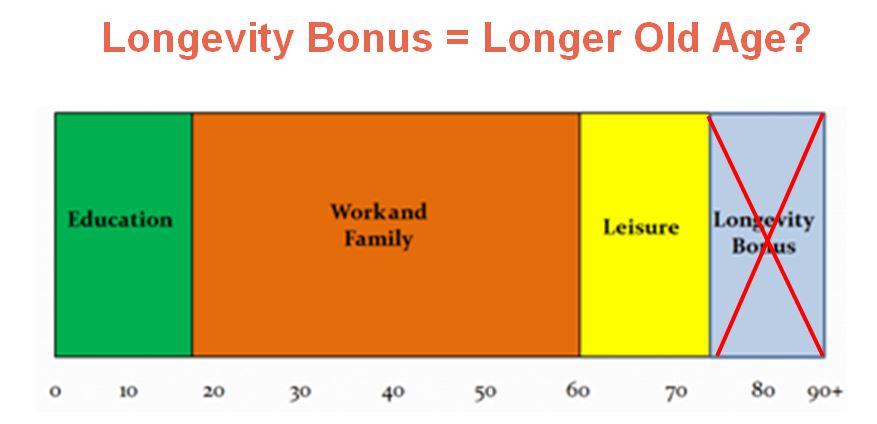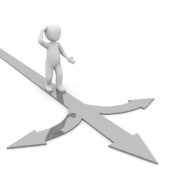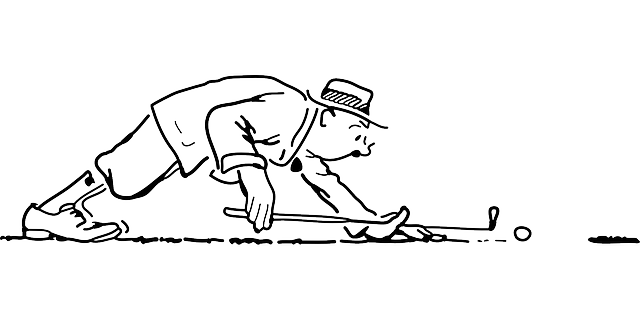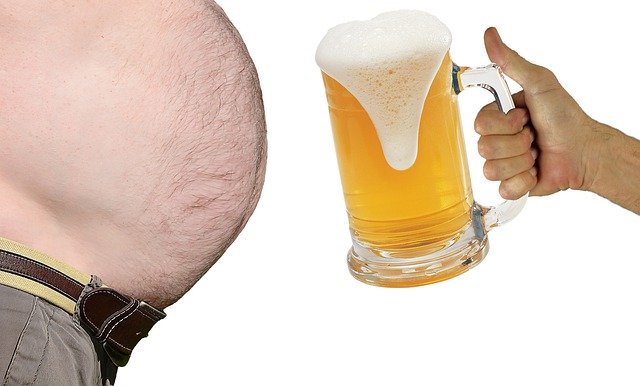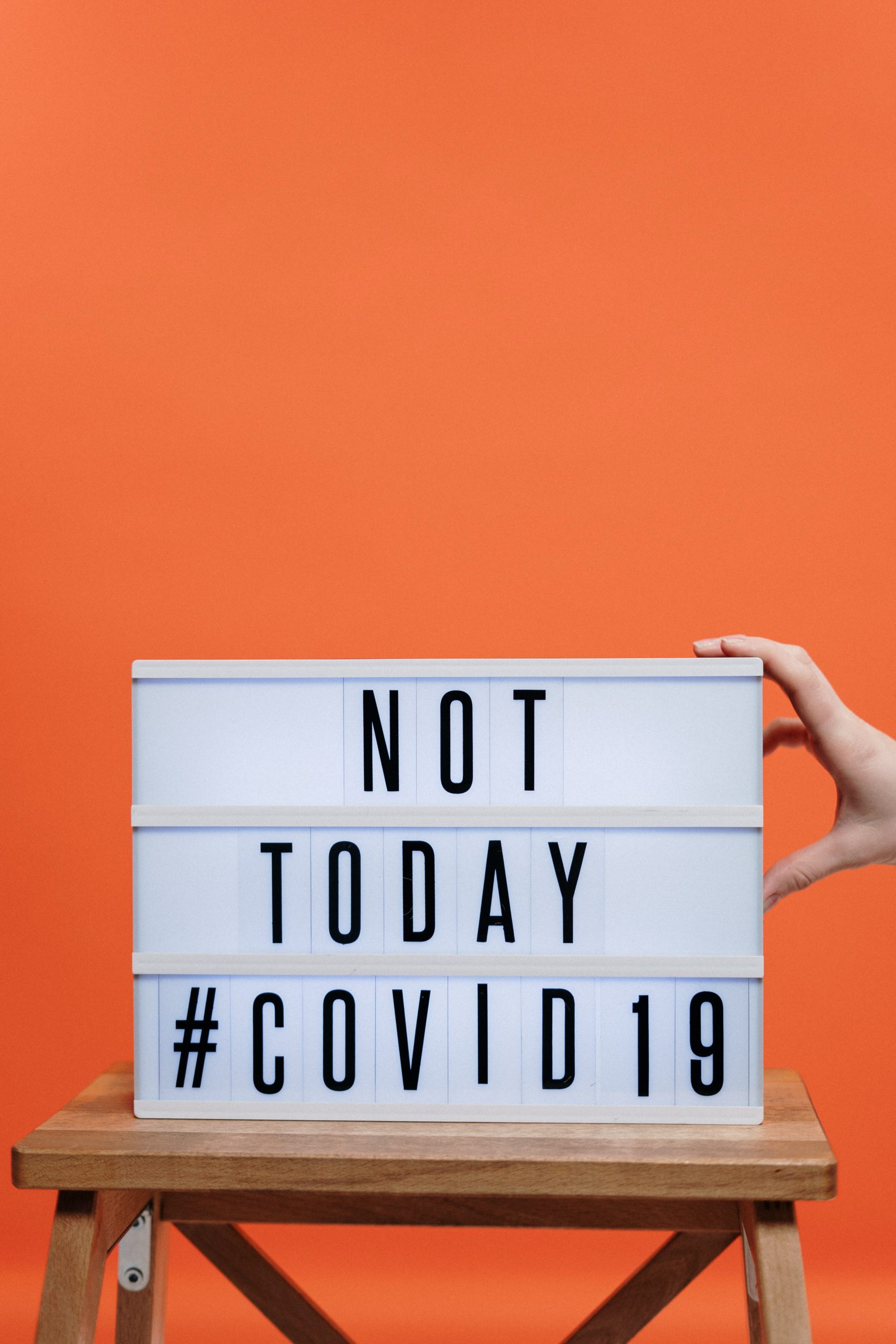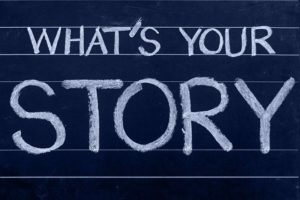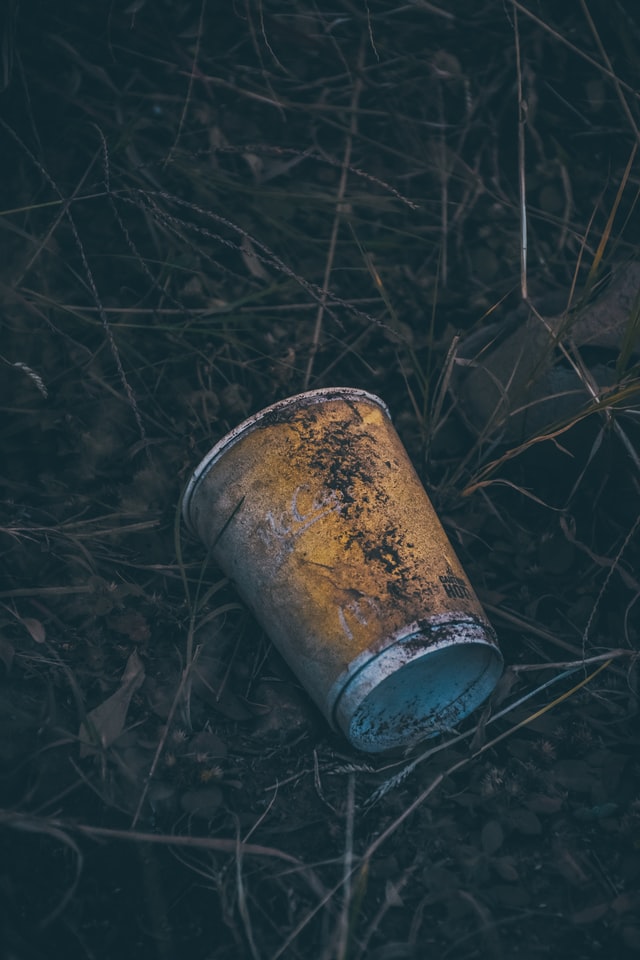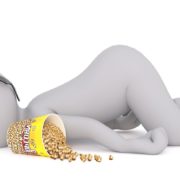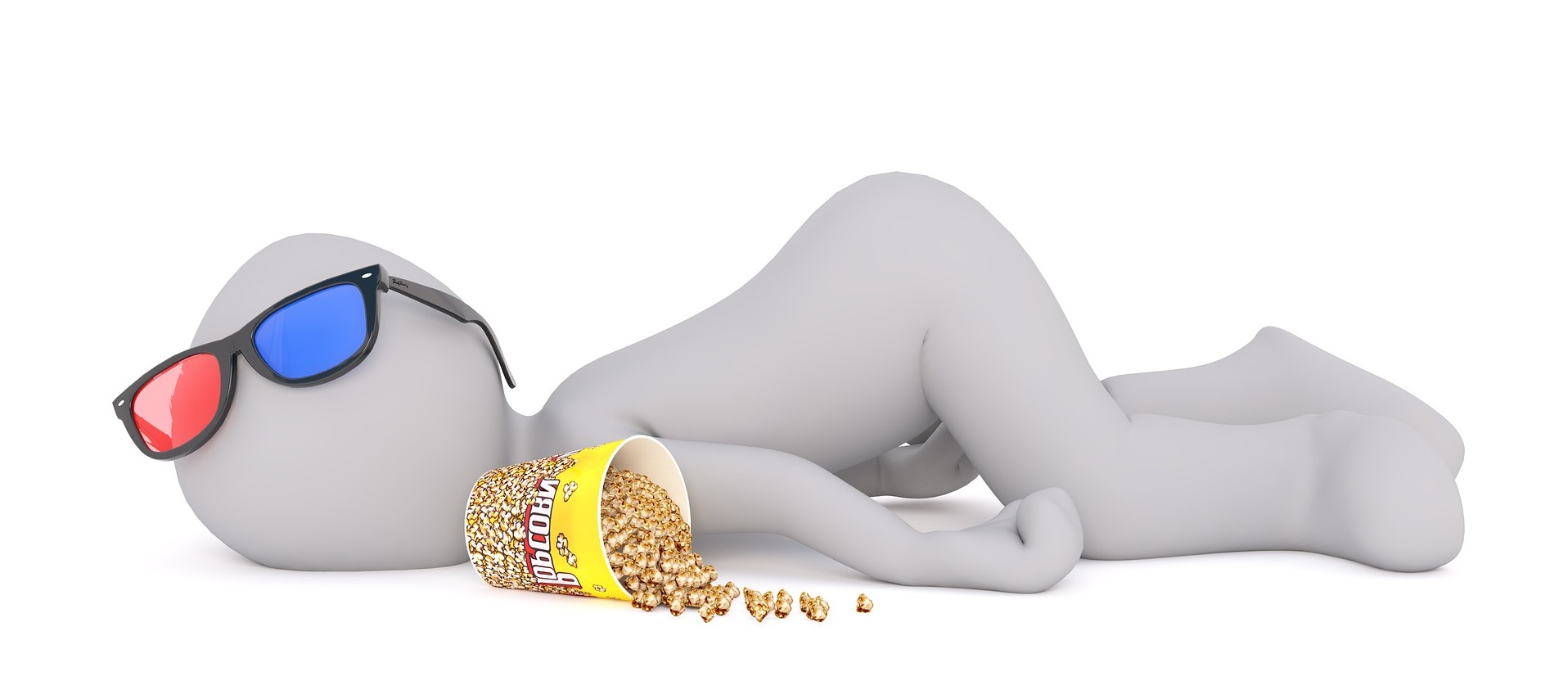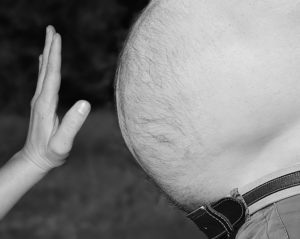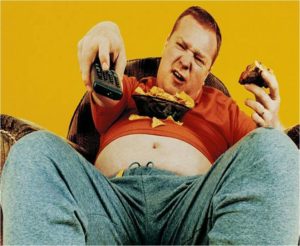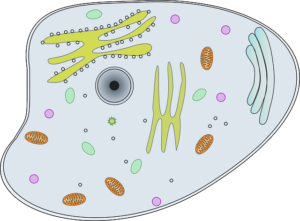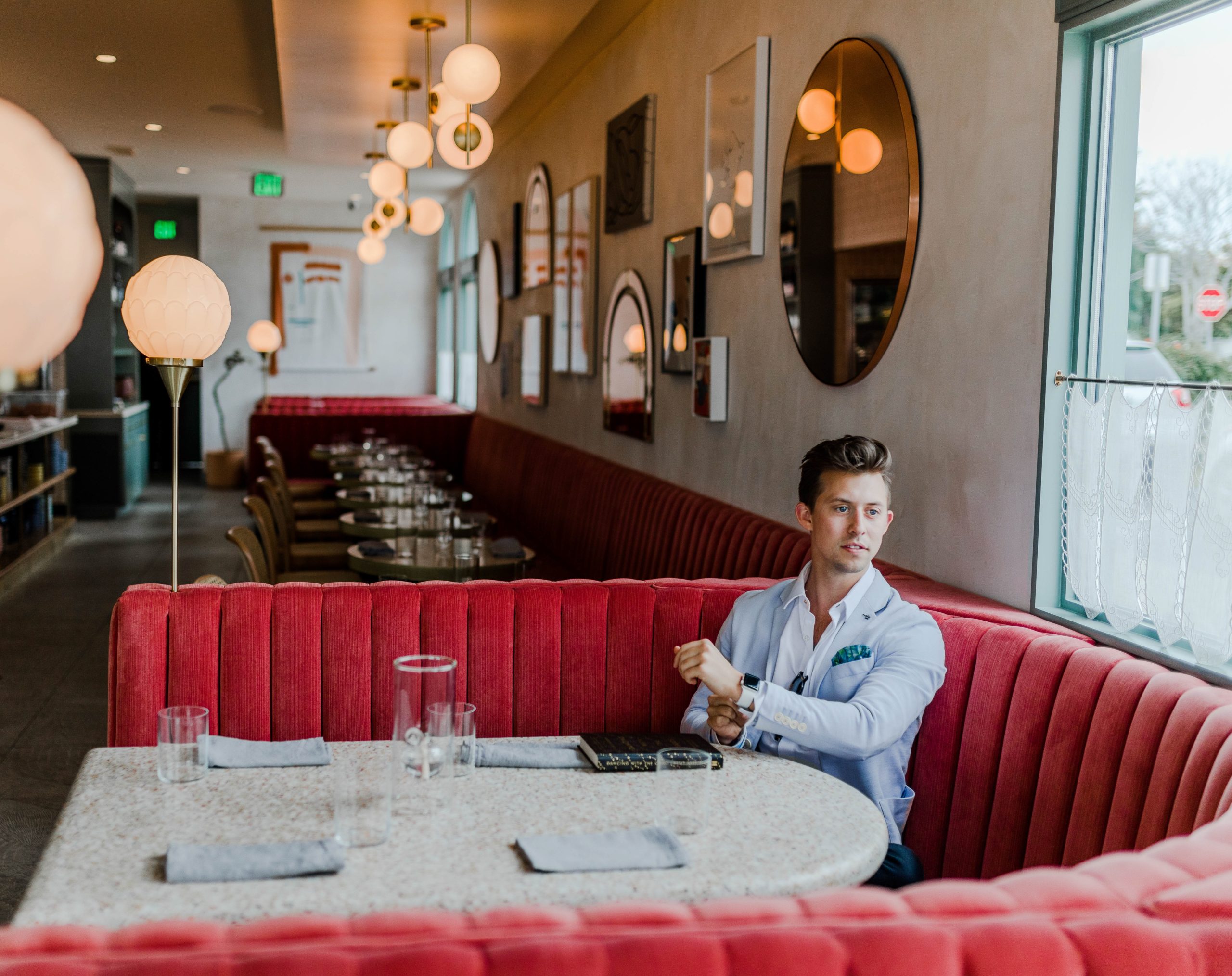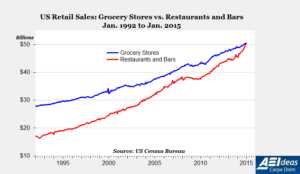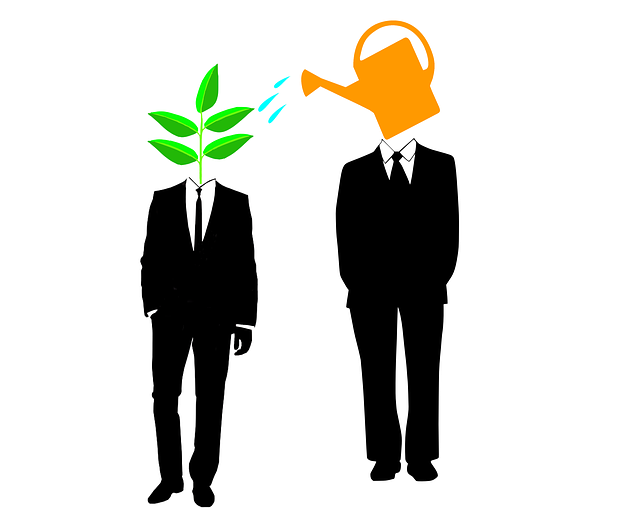
Recently, a questioner on Quora.com asked me to answer this question:
“For people 55 and older, what would you tell your 40-year-old self? What do you wish you knew then that you know now.”
I’m deep into the demographic so I took a shot at it. I found it hard to keep it short.
So, if you know a 40-year-old that is patient enough to listen to an insufferable septuagenarian, here’s what they would hear from me:
1. Get healthcare literate and take control of your health.
Since you are living in the U.S., there is a good chance that your lifestyle has already done some damage to your long-term health. That is unless you are one of the few outliers that have lived a disciplined life of good diet, exercise, low/no stress, and have chosen to understand how your biology works and how best to treat it.
I grew up in an era in the 50s and 60s where our health habits were marginal at best. We lacked the knowledge, awareness, and access to the healthy living information that we have today. I smoked for 18 years until age 37. In the 1950′s, smoking was considered healthy and promoted by doctors, dentists, and movie stars. Diet was built around meat and potatoes. We knew little and lived accordingly.
Although I’ve been a gym rat for 40+ years since then, I didn’t pay attention to my diet and continued on the S-A-D (Standard American Diet) until into my late 50s.
At age 73, a routine heart scan revealed I was in the high-risk category for cardiovascular disease with significant artery calcification. But, I’m lucky. Mine appears to be distributed because subsequent echo and nuclear stress tests showed normal blood flow (my left ventricular artery – the widow maker – is clear).
My six-day-a-week exercise program continues and I have radically reduced my intake of meat, dairy, and C-R-A-P (calorie-rich-and-processed), the major components of our S-A-D still today.
My point is that if you choose to live a normal American lifestyle, you likely:
- Are too sedentary.
- Are eating badly.
- Are stressed out.
- Have a 65% chance of being overweight, 25% of being obese.
- May be one of the 50% of our American population that is pre-diabetic and one of the 70% that don’t know it.
We know all we need to know to take full advantage of our birthright of good health. But, as a society, we choose to continue to remain naive about how our bodies and minds work and choose to abuse our immune system with poor health habits, failing to appreciate the slow, insidious damage that is being done until, often, it is too late to stop or reverse.
Consider a few important facts:
- We have a food industry that doesn’t give a rip about our health and a healthcare industry that doesn’t care what we eat.
- Our antiquated healthcare system does not spawn practitioners that know or care about nutrition. They are trained in “cure” (as in drug it or cut it out) and not “prevention.” That’s on us.
- It’s also important to understand that the bio-pharmaceutical world is not built with your good health in mind, although they would lead you to believe it. They come forward with few solutions or drugs for “preventative health.” The pharmaceutical industry would collapse if everybody took care of themselves. It’s built on the cure concept, in alignment with the similarly trained physician community.
Once I understood how my biology worked at the cellular level, I began to change up many things in my life: increased my exercise, changed my diet, and radically reduced stress in my life. I recommend you read the source that kickstarted my increased awareness and motivation: the best-selling, transformational book “Younger Next Year: Live Strong, Fit, and Sexy – Until You’re 80 and Beyond.”
The authors convinced me that I inherited a magnificent immune system of some 35 trillion cells that works 24×7 to keep me healthy. It doesn’t ask for much to do its job and will reward me if I follow the simple guidelines of what it needs i.e. good glucose, oxygen, fewer harmful stress hormones in my bloodstream, and rest.
Knowledge is power, especially in protecting your health. Take charge on your own, be distrustful of a profit-driven medical, pharmaceutical, and food industry to be doing what is right for your optimal health. Believe me, they are not.
2. Discover/rediscover your strengths and talents.
Most of us “olders” are a product of the 20th-century linear-life model that looks like this:
We were squeezed into a learn-earn-retire model built on conformity and heavy cultural expectations: getta degree; getta job; getta wife, house, kids, two cars and a golden retriever; getta title; getta 401K; getta gold watch.
Here’s where that has ended up happening for many of us from that era:
I’ll confess to having drunk this 20–40–20 Koolaid, spending 35 years operating outside my essence and my deepest talents and strengths in the corporate world building someone else’s dream and doing the “normal” accumulation and conformity thing. While I did OK, it took separation from that and a venture into my own business to slowly begin to reveal that I was wired for something different.
I ignored several personal/psychological assessments and personal experiences that were telling me that my core strengths were in learning, writing, teaching, speaking, coaching.
I’ve arrived where I need to be, but late in my life. So my suggestion to you at 40 is to start, or restart, thinking about what you are really, really good at, what you really, really enjoy doing, and what the world needs and ask yourself if that fits what you are doing now. If not, it’s a good time to start thinking of where you can best use your talents, skills, and experience and fill that hole that I’ll call “lack of purpose.”
3. Plan for a “third-age” with a sense of purpose.
The level of disengaged employees in the workplace is at an all-time high. I was there for years in the corporate world. Few people enter their careers with a solid grasp of what their deepest core talents, strengths, and desires are. Or if they had a sense of what those were, they entered the system that our culture expects of them where those innate inner drivers get shuttled to the background in favor of accumulation and conformity, meeting cultural expectations.
For many, these drivers never resurface. And they plod on through an unexciting, unmotivating career with the expectation of reaching that nirvana stage called “retirement” mostly unaware of the downsides of that decision.
This sense of “lack of purpose or meaning” tends to surface at mid-life, usually in the 40s and 50s when one faces the reality of more days behind than ahead and struggles with questions like “Why am I here?”; “What will be my legacy, what footprint will I leave?”
Here the one that really hit me hard: “Is it really true that the number of people that will attend my funeral will largely be determined by the weather?”
At 40, I suggest it’s a time for serious reflection on where you are, how that aligns with your deepest desires and talents and begin to think in terms of a “third age” and what you want it to look like. And 40 certainly isn’t too early to start. That “third age” is the period between end-of-career and/or end-of-parenting and true old age where we come full circle back to full dependency. You’re “third age” isn’t that far off.
That life-stage today is extending, for many, to as much as 30–40 years. That’s a long time to function without purpose which is where many in the self-indulgent retirement model find themselves discovering that 30 years bingo, bridge, and boche ball isn’t healthy or fulfilling.
Fortunately, we are seeing a rising tide of mid-lifers beginning to grasp the importance of a plan for the third-age that involves continued work, contribution, and sense of purpose as opposed to the traditional narcissistic, self-indulgent, consumer-only concept of retirement.
4. Get rid of the mental junk. Never stop learning.
By 40, you’ve been exposed to – perhaps succumbed to – many harmful, life-inhibiting myths and messages. Such as:
- I will automatically lose cognitive ability as I age.
- Or, my DNA is my destiny.
- Or traditional, leisure-based retirement is good for my health.
- Or work in older age is harmful.
- Or my creativity declines as I age.
- Or my physical decline is automatic and irreversible.
It’s a long list of disproved messages that we allow to entrench in our minds, much of it junk that holds us back. Ignore them – go the other direction.
We’re learning that our creative powers don’t diminish as we age unless we allow it. They may slow, but we can build brain power and create as well as when we were younger. So, don’t buy the line that says senescence is automatic. It isn’t.
We start dying slowly when we allow our dreams and desires to fade in the face of the myths about aging.
Henry Ford had it right:
“Anyone who stops learning is old, whether twenty or eighty. Anyone who keeps learning today is young. The greatest thing in life is to keep your mind young. “
5. Get strong, stay strong.
Aerobic exercise should be keystone in your lifestyle. Optimally, from age 40 forward, your week should include six-days-a-week of aerobic exercise of 30 minutes or more with your heart rate in an aerobic zone of 220 minus your age x .65 and .85.
But it shouldn’t stop there. It’s vital to have a strength training component along with your aerobic exercise – at least two days a week.
Here’s why. Beginning in our mid-30s, our bodies begin to lose muscle mass at a gradually accelerating pace. The clinical name for the condition is sarcopenia and it really accelerates when we reach our 50s and ends up becoming one of the major causes of early frailty and premature death in our culture unless compensated for. The only antidote is strength-training – there are no drugs to effectively treat sarcopenia/loss of muscle mass.
Failure to compensate for loss of muscle mass is a major contributor to the “live short and die long” referenced above. Falls and broken hips, which are major contributors to early frailty and premature deaths, are a consequence of lost muscle mass.
Get a gym membership (if they are able to come back after COVID) or build an at-home gym (here’s a photo of my current in-home set up – treadmill, upright bike, Bowflex, weight-bench and assorted free-weights). Boring but effective.
Get with a trainer to get started properly and to avoid early injury that may discourage you from staying with the program. Put heavy emphasis on your core, quads, and ankles – keys to avoiding falls later on and for avoiding back problems as you age.
6. Rethink retirement.
You may have bought into the Euro-American concept of leisure-based retirement and perhaps are convinced that retirement is an entitlement and a nirvanic end-goal filled with exotic travel, golden sunsets, and total freedom. And it can be all that but at the risk of experiencing some of the subtle, hidden downsides of a self-indulgent, leisure-based retirement.
There is an encouraging, but slow, shift taking place in our awareness of the downsides of the traditional, off-the-cliff, labor-to-leisure retirement model that we have cherished for decades and is so effectively marketed by the financial services industry.
Part of it is because we know so much more about what comprises good health and the growing awareness that our biology offers us only two choices, regardless of age: growth or decay. There are many aspects of the traditional retirement model that violate this biological principle and can accelerate our physical and mental decline.
Historically, there has been a tendency for retirees to become more sedentary and move less. Satisfying the dream of spending less time in the kitchen promotes a lifestyle of eating out more where food content is less healthy – 30–40% higher calorie content and generally heavy in sugar, salt, fat.
Netflix, voice-activated remotes, and the Laz-y-boy become increasingly tempting.
Continued learning diminishes.
Social isolation is a major concern post-retirement and is said to be equivalent to smoking 15 cigarettes a day.
The new trend for this “third age” is away from self-indulgent, leisure-based retirement and more toward continuing to stay engaged with work of some sort, be it volunteer, part-time, full-time, or by starting a new business. The largest number of new businesses over the last decade or so have been started by folks over 50.
In my coaching practice with folks over 50, I encourage them to consider their third age as a time to strive toward achieving a balanced lifestyle of labor, leisure, and learning.
I believe it is a healthier formula and can lead to “living longer and dying shorter” versus our current predominant “live short, die long” model.
7. Connect and commit.
A recent random survey by Cigna revealed that nearly half of those surveyed “sometimes or always feel alone” and that 40% “feel their relationships are not meaningful and that they feel isolated.”
These are alarming numbers because of the health and mental health risk associated with social isolation and loneliness. AARP recently revealed that the health risk of prolonged isolation is equivalent to smoking 15 cigarettes a day.
There is substantial evidence that social isolation and loneliness increases the risk of early death. Social isolation is a threat as many retirees exit from the work environment and lose the major part of their social life. They often find themselves without much of a social network outside of that environment.
We are wired to connect, to be in community.
Let me wrap by quoting Chris Crowley, co-author of the aforementioned book “Younger Next Year.” As a successful attorney, he offers up the following which I feel is golden advice for a 40-something that is considering “what’s next.”
“It was nuts to immerse myself so completely in my old professional life before retirement. In particular, it was foolish not to have other hobbies, communities and commitment – things I care about and people who care about me- when my work life ended. If you’re going to do well in this country, you have to make a massive commitment to your job. No question about it. But don’t make your job your only commitment, because it will go away. You need to get a life that will last a lifetime. It makes sense to start on that project as early as you can. Today would be good.”
Your comments are important. They help us stay on track. Scroll down and let us know your thoughts about this.
If you haven’t joined our growing list of readers, you can do so at www.makeagingwork.com. Sign up for my weekly blog there and receive my free e-book “Achieve Your Full-life Potential: Five Easy Steps to Living Longer, Healthier, and With More Purpose.”
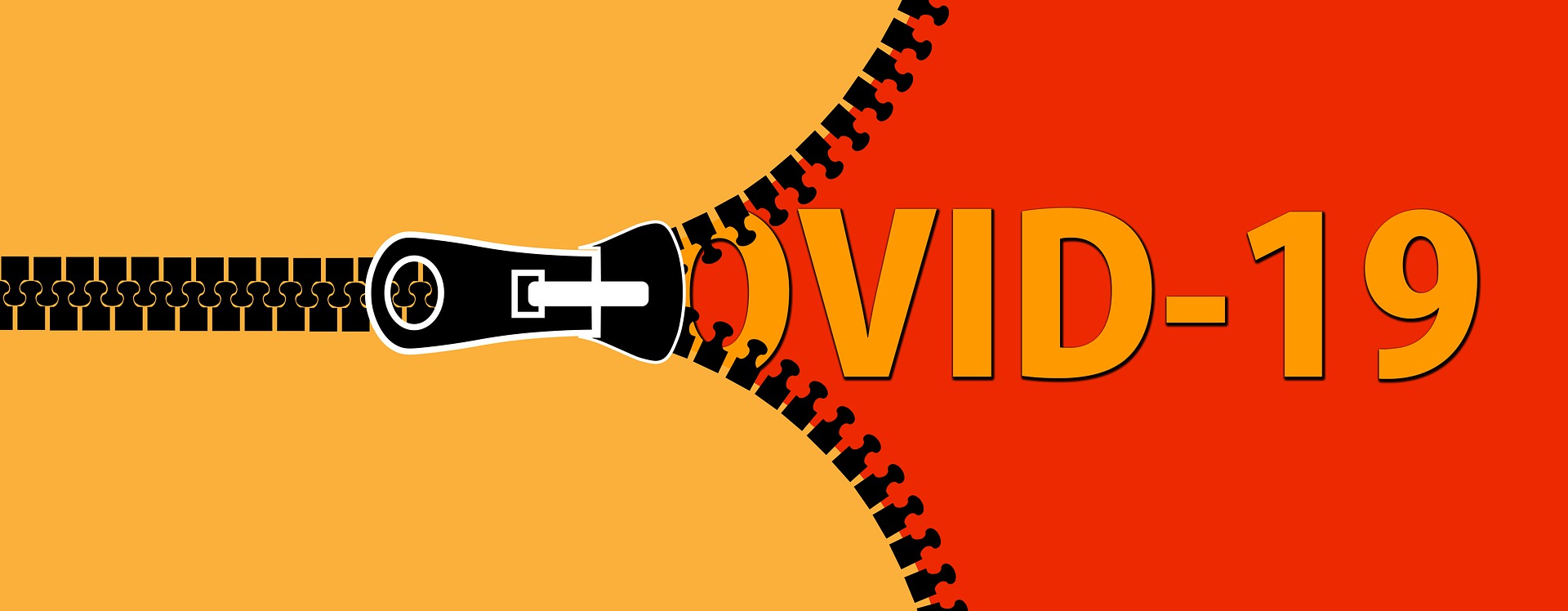
 No mention that roughly 30% of overweight people have the disease, and 85% of diabetics are overweight.
No mention that roughly 30% of overweight people have the disease, and 85% of diabetics are overweight.